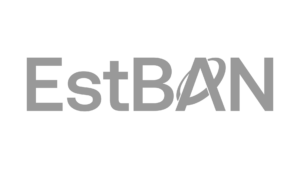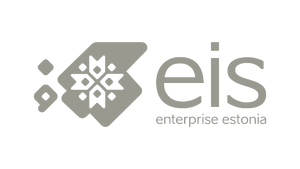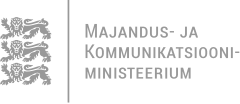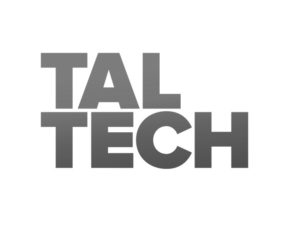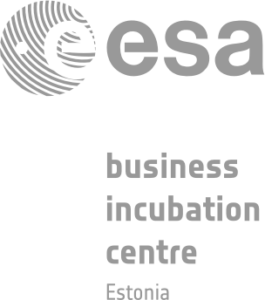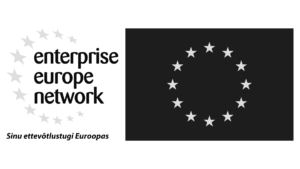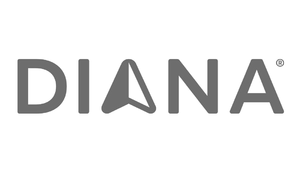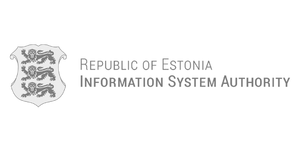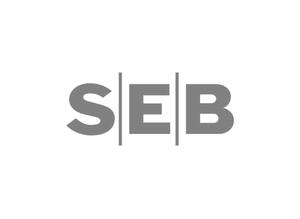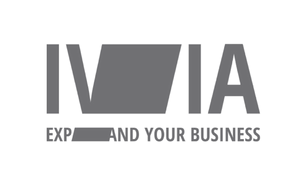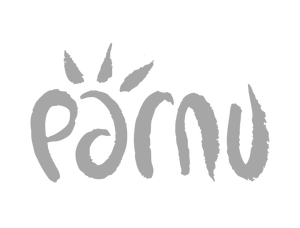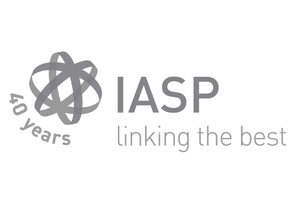26.04.2023
How to use the potential of health data
The use of health data has tremendous potential to improve the quality of care. How to use this potential and thereby create innovation? What are the current developments in Estonia? Peeter Vihma discussed this topic with Piret Hirv, head of Tehnopol’s health technology field and Connected Health cluster. This article was originally published by e-Estonia.
Three digital trends in healthcare
There are three significant trends in health care that are related to health data:
- First, we can no longer outrun artificial intelligence (AI). AI makes diagnoses faster and more accurate, and its application improves treatment outcomes and makes healthcare delivery more efficient. AI is mainly used in drug development, clinical decision making and patient monitoring.
- Another significant trend is personalised solutions. Advances in genetic research help bring personalised treatment solutions to the market, which are created precisely considering a person’s genetic background, lifestyle and health history.
- And thirdly, we cannot forget about digital solutions in healthcare – their adoption has accelerated and will continue to grow this year as well. This includes, for example, telemedicine solutions, portable smart devices and mobile smart applications. They all improve access to healthcare services, bring the individual to the centre of their treatment processes, and create better opportunities for increasing the individual’s responsibility in treatment and prevention.
The mentioned trends require health data. Estonia has a unique position in the world to provide a platform for the development of data-based health services, says Piret Hirv.
A nationwide functional health information system and a patient portal have existed since 2008, so most health data is already in digital format. Estonia has implemented GDPR, which ensures that health data is used privately and securely for patient treatment and research. And last but not least, Estonia has created a unique Connected Health cluster led by Tehnopoli, which brings together different interested parties in the private and public sectors to accelerate digital innovation in healthcare.
From gene repository to cross-border data sharing
One of the unique databases currently in use in Estonia is the Estonian Gene Repository. More than 200,000 people have already joined this database. Considering that 20% of Estonia’s adult population belongs to the biobank, it is an essential database for developing domestic and international biological and medical science. The gene repository also supports the Estonian government’s development activities in personalised medicine. Gene data are of great value to researchers for innovation, and the safe use of data is in the interest of both gene donors and the gene pool.
Since Estonia has a strong public health system, the role of the public sector in developing health data usability is significant. Several innovations in this field have been recently completed or are currently being developed. For example, in 2022, the Health and Welfare Information Systems Center (TEHIK) opened a new environment for Estonian healthcare workers to view a patient’s health data from a foreign country. It is necessary to make quick treatment decisions in a critical situation.
The first country to join was Portugal. The new technical solution works in both directions: an Estonian doctor sees the health data of a Portuguese patient, and the doctor there can also access, for example, a summary of the health data of an Estonian who had an accident during a trip. All the data is already displayed to the doctor and translated into the local language.
In addition to Portugal, the health information of Estonians can also be seen by doctors in Luxembourg and France. The goal is to launch the service in all European Union countries by 2025. Other European countries will join the environment in the coming years according to their technical capacity.
But the plans don’t stop there. The Estonian Ministry of Social Affairs is developing a new generation health information system, upTIS, which meets the various expectations of open, standardised and consent-based health services. On the one hand, this system handles the data of the national health service in a way that is understandable to the person, but importantly, it is possible to interface the ready-made solutions offered by the companies, which the person can use his free choice.
Furthermore, the government plans to create a national joint-stock company Digital Innovation Estonia which will mediate health data anonymously. DigInEst would be a central point that would know what data is available in the health field in Estonia and what to use it for. It should be a fast and efficient partner for research institutions, as well as for the pharmaceutical industry, diagnostic companies, data analysis companies, application developers and startups looking for cooperation in the use of data.
A busy field of healthcare startups
It is no wonder that healthcare companies are rapidly growing in Estonia. At the end of 2022, these companies met under the leadership of Connected Health to discuss common concerns and plans for introducing new-generation health solutions.
For example, Kodality, a company that developed HEDA (Health Enterprise Data and Applications), a modern web-based hospital information system (HIS) designed to make healthcare services smooth and quick. HEDA fully supports patient treatment and administration, from resource planning and first interaction with a patient until discharge, including treatment and billing flows and advanced reporting. What is remarkable about their technology is the compatibility based on the openEHR standard. For example, they have developed an open-source FHIR Server that has proven to be a stable and reliable interoperability platform. Kodality team has developed FHIR-based HIS, NHS (National Health Services) and e-Prescription solutions for different regions and countries.
Present were also two rapidly growing healthcare innovators: Elsavie and Migrevention. Elsavie is an excellent example of how to use science-based health data in prevention work. It offers a simple microbiome test that gives you a complete overview of what is happening in a person’s gut. This knowledge will help patients to adjust their diet.
Migrevention, on the other hand, is a company with unique potential for helping billions of people worldwide as the world’s first digital headache clinic. It allows migraine sufferers to take control of their health and restore their quality of life. Migrevention is one of the fastest-growing health technology companies in the Baltics.
The growth is in our hands
Ms Hirv is confident there is a need to focus more on promoting sharing of health and social care data. There is also a need to invest in data sharing infrastructure, data mining and analytics capacity. This requires intense cooperation by private actors, but also between the private and the public spheres.
However, at the same time, data must be shared securely and ethically. In 2018, a survey of Estonian residents conducted by Connected Health confirmed that Estonians are ready to share their health data if they are sure it will not be shared with third parties. Because more available data creates more demand for data use. For example, data brokers who offer people’s identities for resale may emerge, paying people money each time. This potentially increases the risk of privacy violations. Thus, countries must carefully consider the risks and costs associated with allowing the sharing of health data.
With its strong public healthcare and rapidly growing private healthcare providers, Estonia is in an excellent position to be a leader in the next generation of healthcare services.


